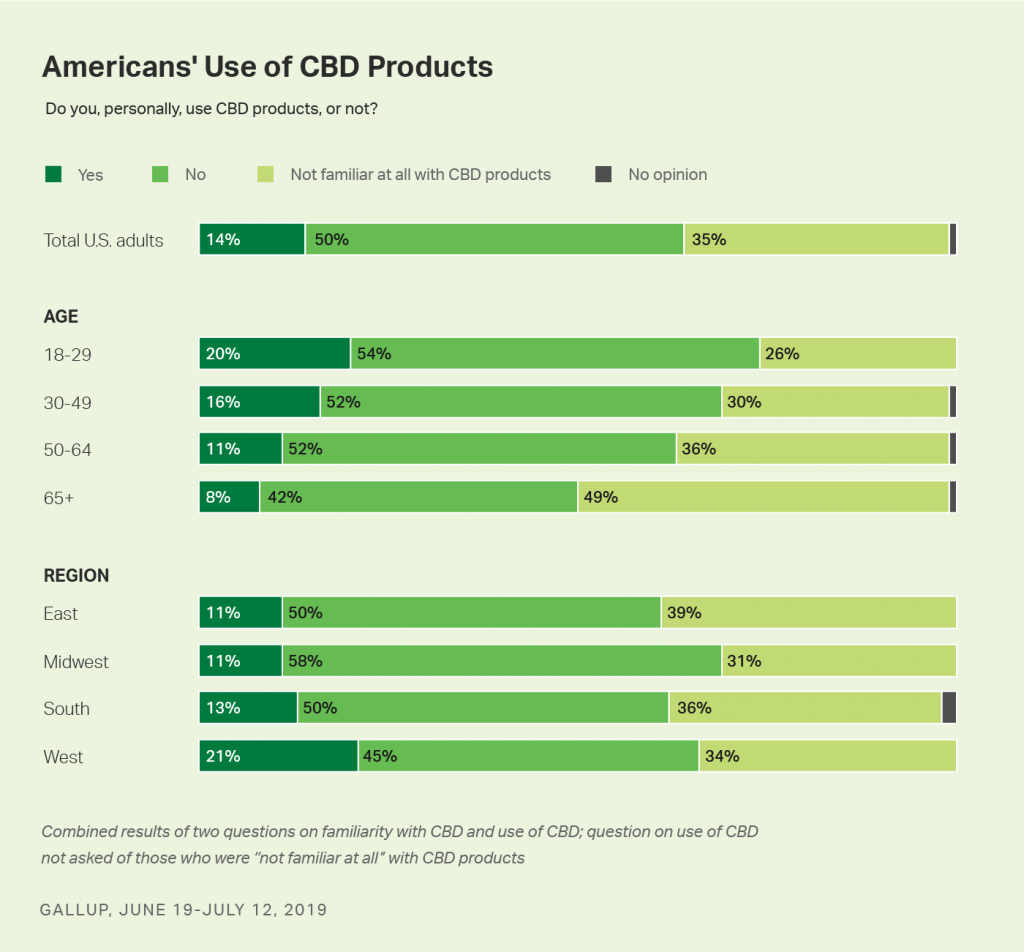CBD (Cannabidiol) is a compound found in the Cannabis plant. It can be used in several different ways including vaping, CBD Oils and tinctures, capsules, and edibles.
Unlike its close relative, THC (Tetrahydrocannabinol), CBD is completely non-intoxicating This allows us to benefit from the many health properties of the Cannabis plant without the negative side effects of “getting high.” Because of this, CBD became a very popular option for those seeking a natural alternative to treat conditions such as chronic pain, multiple sclerosis, PTSD, epilepsy, and other disorders.
At first, many were skeptical, thinking that a natural compound, let alone a Cannabis-compound, could effectively treat such a wide range of conditions. But as medical researchers learned more, and the stories from tens of thousands of people began to stack up, the truth was undeniable––CBD works.
So, how exactly does CBD work?
For starters, CBD inherits many of the medicinal properties of Cannabis such as being anti-inflammatory and anti-anxiolytic. This allows it to provide natural stress, anxiety, and pain relief. But this alone isn’t what allows CBD to benefit so many conditions.
What allows it to effectively treat so many conditions, and maintain health and wellness in the body, is how the cannabinoids found in CBD interact with receptors throughout our body.
Next let’s talk about the Endocannabinoid System.
The Endocannabinoid System
In 1988, the first cannabinoid receptor was discovered in the brain of a rat. Researchers found that these receptors reacted specifically to THC and were found primarily found in regions of the brain responsible for mental and physiological processes such as memory, high cognition, emotion, and motor coordination.
Two years later, in 1993, the second cannabinoid receptor was found as part of the immune and central nervous systems. It was then that researchers started to realize that they may have been onto something, but these receptors were only found in rodents, so what’s the big deal, right?
Fast forward to 1995, researchers discovered that these receptors, now officially referred to as the CB1 receptor and CB2 receptor, were found not only in rats, but within thousands of other species, including humans.
Thanks to advancements in technology and knowledge and tons of clinical trials, researchers were able to reverse engineer what they’d discovered, trace back through the metabolic pathways of various cannabinoids, and uncover an entirely unknown signaling system between the CB1 and CB2 receptors in our bodies and receptors found in Cannabis compounds, which they called “endocannabinoids.”
Due to the role of endocannabinoids in this system, the system was officially named the Endocannabinoid System (ECS). As researchers learned more about the ECS, they discovered that it was a vital component in maintaining the body’s homeostasis, which is the ideal balance between interdependent elements in the body.
To give you an idea of how the ECS helps maintain homeostasis, let me give you an example. When we become stressed, our mind releases cortisol, which is the compound responsible for how we feel when we are stressed. Cortisol can be helpful when we need to react quickly to a dangerous situation; however too much disrupts the natural balance of our body and mind can result in serious health problems.
When certain endocannabinoids are introduced into the body, it not only helps provide stress relief, it helps manage our perception of stress so that we can look at the situation with a clear mind and make the best decision.
With all the scientific jargon, this last section may have been a little confusing. So just to clarify… Scientists discovered that there are systems in our bodies that are solely dependent on their interaction with cannabinoids, and these systems are part of vital functions in our bodies.
Basically, our bodies were designed to work with cannabinoids, and they can even be considered as essential to our overall health and wellness. With such a discovery, you’d think we wouldn’t have to cover this next section… but here we go.
Article Credit: Aaron Cadena – 7/4/19
